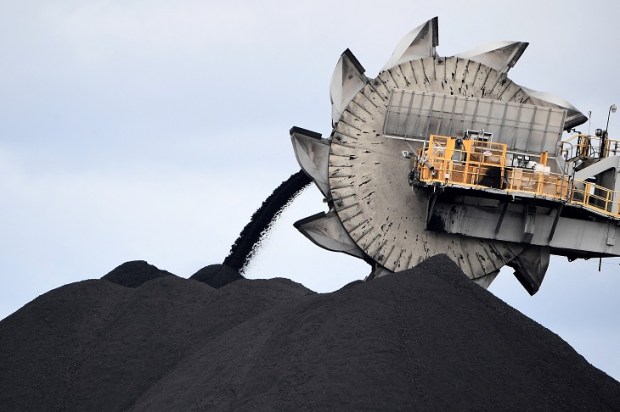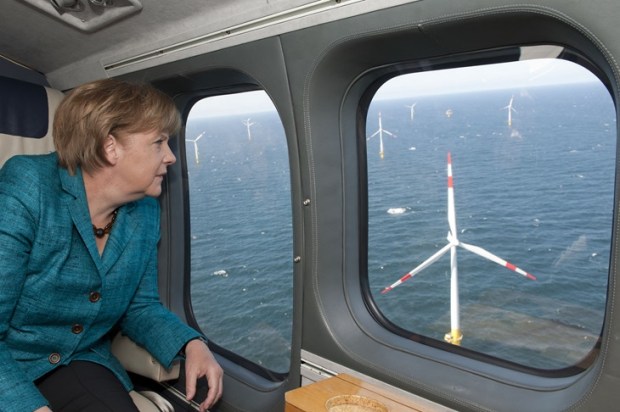Drawn in Magic Marker and selling over 100 million copies since the 1970s, Roger Hargreaves’ Mr Men characters overcome their flaws to become better versions of themselves. Twenty-third in the series, Mr Muddle gets everything exactly wrong, until one day his friend George has a brainwave and convinces Muddle to do the opposite. Success is the obvious result.
If Hargreaves had created a Muddle Land to match the character, he might have described modern day Australia. Despite benefiting from the incredible gifts of being an island continent, with a small population and immense natural resources, we have lazily drifted into high inflation, a housing crisis, and high energy costs.
When discussing Australia’s electricity woes with friends, colleagues, and acquaintances, I invariably hear something along the lines of ‘it will take a blackout to wake people up’. While I agree with the sentiment, I don’t believe blackouts are in our near future – not from lack of supply anyway.
Without getting too caught in the weeds, here are the facts. The vast majority of customer outages are caused by poles and wires. The Australian Energy Regulator’s State of the Energy Market Report states that the average customer was interrupted for 325.9 minutes in 2020-21 by distribution outages, with transmission suffering a combined 13 outages. These are usually caused by weather, vegetation, animals, and accidents. Compare that with the Australian Energy Market Operator’s quarterly Lack of Reserve Framework reports showing zero LOR3 events in 2021 or 2022. The last time I recall a lack of generation being responsible for blackouts was in Melbourne on Australia Day 2019. The more recent Queensland blackouts following the Callide C4 event were technically a network fault.
Why are blackouts from lack of supply unlikely in the near future? Firstly, adequate generation capacity still exists in each region. Even New South Wales, with its recent March demand peak above 13,000 MW, had just enough juice in the tank to avoid blackouts.
Secondly, politicians may be self-serving and disingenuous, but they will avoid blackouts like a Teal MP avoids an anti-lockdown rally; especially if that means subsidising once-public but now-private coal-fired generators. Liddell’s closure in April 2023 will be a milestone that nobody wants, but it appears to be a wake-up call for politicians that a critical threshold is approaching. With the New South Wales election looming, there has been substantial political manoeuvring around the Eraring power station. Each side will blame the other when taxpayer dollars are needed to stop it closing.
With just-enough-when-everything-is-working generators, and somebody else to blame (decade of inaction) if it goes wrong, political muddlers will spend our money to prop up the system they ruined. There has already been a significant outlay, and more is on the way. Rewiring the Nation, HumeLink, EnergyConnect, MarinusLink, Star of the South, Snowy 2, Kurri Kurri, Copperstring, SuperGrid, and Pioneer Hydro — they collectively total over $100 billion in direct government spending.
Small business electricity bills doubled from January 2022 to January 2023. Renewables may be cheaper to build, but with the retail price cap set to increase yet again, large-scale renewables clearly do not lower retail bills. System costs can only continue to rise as a result of the huge government spending.
Unfortunately, we consumers will be stuck with an increasingly complex and muddled electricity system. We are at the dawn of a thirty-year problem. There is no point worrying about blackouts today, when a massive and expensive new system is being forced into existence over the coming decades.
It will be an extensive network of under-utilised, high-capacity transmission lines. Countless wind and solar farms on long-term fixed price contracts, or receiving a taxpayer-protected floor-price like Matt Kean’s LTESA. White elephants like Snowy 2 and every ‘green’ hydrogen plant (does anyone remember desalination?). It will be propped up by an already ageing fleet of coal-fired power stations; increasingly existing on subsidised fuel contracts or purchased outright by governments, with the costs hidden in public debt.
This is our future, and there is little we can do about it.
Even if the politicians and energy bureaucrats suddenly wake up to this nightmare, they could only resort to massive market interventions, causing even more pain for taxpayers. We are in too deep. There is no possible market solution at this stage.
Mr Muddle eventually succeeded by doing the opposite. If our politicians were similarly enlightened, they might wind down the pestilent Renewable Energy Target, along with all rooftop solar subsidies. Perhaps rooftop solar could no longer export to the grid, and they would instead offer a $1 million prize for the inventor with the best retro-fitted device that makes this possible, and roll out that product to all solar customers within five years. They might decide to remove the semi-scheduled category of generator, forcing intermittent generators like wind and solar to meet dispatch targets or pay a fine. Retiring coal-fired power stations could be passed to the government in exchange for forgiving any rehabilitation fees, and the cleared site handed over to nuclear developers. Maybe coal-fired power stations are offered long-term fixed price contracts to ensure they remain online and reliable. Perhaps all participants could provide a public report like ASX listed companies to create transparency.
No matter what, there is a whole lot of pain required to fix this muddle.
Ben is an electrical engineer in the power and gas sector.
Got something to add? Join the discussion and comment below.
Get 10 issues for just $10
Subscribe to The Spectator Australia today for the next 10 magazine issues, plus full online access, for just $10.


























Comments
Don't miss out
Join the conversation with other Spectator Australia readers. Subscribe to leave a comment.
SUBSCRIBEAlready a subscriber? Log in